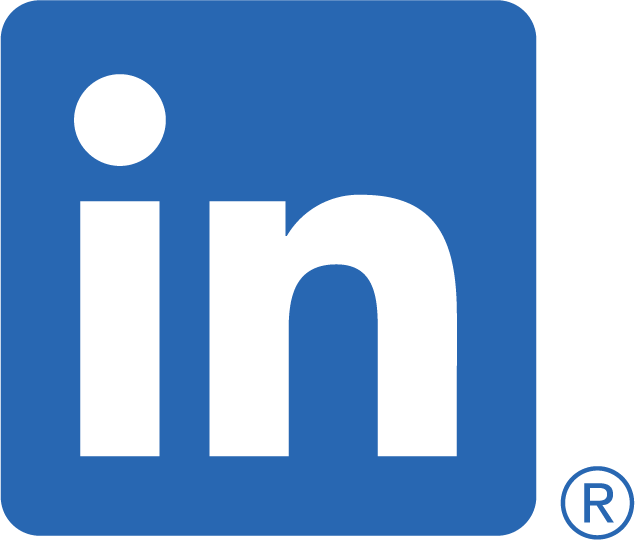Diversity, Not Tokenism: The Risks of Treating Diversity as Milestone
Blog

istock.com/Ranjit Talwar
10 July 2021
By Varun Sarin
Last month, a large part of the world participated in the Pride Month celebrations. While individuals changed their profile pictures, many global brands redesigned their logos to include colors of the Pride flag, to extend their support. In our opinion, these are powerful displays of solidarity.
At the same time, we also feel that it is worth examining what such shows of support really mean. We understand how it affects a brand, but how, if at all, does it impact organizational culture?
More importantly, how can organizations and leaders celebrate diversity and demonstrate their commitment to it, every day?
Let’s dive straight in!
The uncomfortable truth is that diversity without equity and inclusion may be perceived as tokenism. And rightly so! We must recognize that equality in the workplace, and outside, is not a band-aid — a quick fix for systemic challenges that have not been addressed for centuries. Tokenism is a forced form of diversity that creates a superficial appearance of equality without actually achieving it. Not only does it defeat the very purpose of creating a diverse and inclusive work culture, but it also poses some real risks to the organization.
What, then, must diversity in the workplace look like in order to avoid tokenism?
The answer is as simple as it is challenging: Diversity if not accompanied by equity and inclusion, will in all likelihood, lead to tokenism.
The Perils of Achieving Diversity Without Equity and Inclusion
In an ideal world, diversity, equity, and inclusion would work together seamlessly to create a rich, successful culture at every organization. But for the moment, let us focus on our reality. Today, as many organizations scramble to understand equality, we find the concepts of diversity and inclusion lumped together, while equity is ignored and sidelined. Diversity equals representation but achieving it without the other two pieces of the DE&I puzzle puts organizations at risk. Let us explore how.
Creating a false sense of security
As an organization begins checking its diversity goals by hiring individuals from minority groups, it is easy for leadership to fall into a false sense of accomplishment. The under-represented individuals may not have the voice or platform to express their concerns about the lack of inclusion. As a result, the organization is unable to create any positive change.
Inhibiting psychological well-being
Inclusion refers to a cultural and environmental feeling of belonging. It is designed to promote authenticity. Tokenism, on the other hand, does the exact opposite. While inclusion is aimed at creating safe spaces, its absence gives way to a feeling of isolation and self-doubt. Needless to say, this can directly, and negatively, impact mental health and well-being.
Hindering business performance
The purpose of a diverse workforce is not only moral but also to achieve better business performance. Many companies may have diversity in terms of numbers, but if these individuals are not presented with the opportunity to speak up, participate in decision-making or even work on their strengths, it is unlikely that they will be motivated to deliver their best.
In conclusion
Leaders and organizations operating in today’s world, cannot and must not, let their diversity efforts be reduced to mere tokens. It is short-sighted and does more harm than good. As a leader, one must step back and reflect on their diversity goals, revisiting the actions they have taken to achieve them while examining their effect on the organizational culture. It is important to remember that committing to diversity automatically involves a commitment to equity and inclusion.








